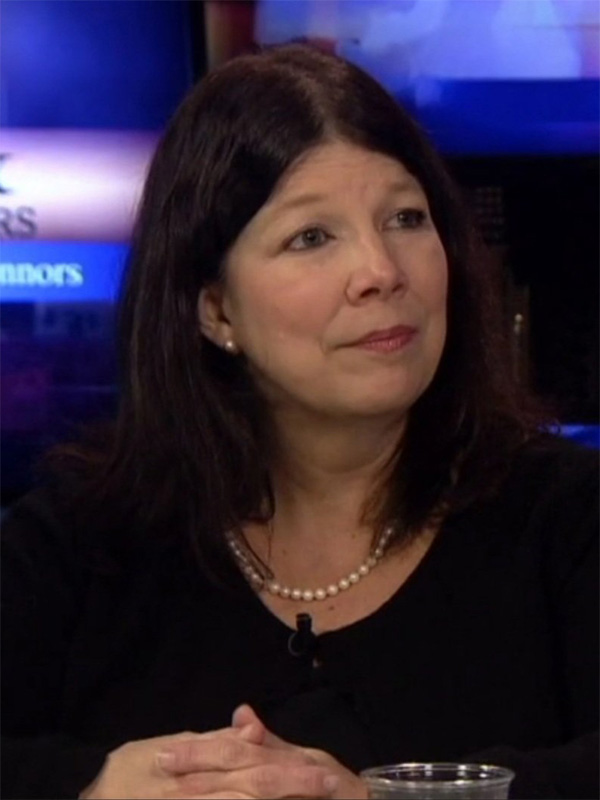Saltwire Network
Dr. Janine Hubbard says it starts with identifying whether a power imbalance exists.
It may be a well-intentioned ideal to strive toward, but trying to rid the world of bullying is like trying to rid the world of jealousy — it just isn’t going to happen, clinical child psychologist Janine Hubbard says.
And while there is no indication the problem of bullying is getting worse in Newfoundland and Labrador, there is no shortage of bullying-related stories and social media posts, which never fail to elicit strong emotions and responses from the public.
But there are ways kids — and adults — can learn to navigate this difficult issue, without resorting to the kind of suggestions posted in the comments.
Hubbard sat down with SaltWire Network over Zoom to discuss how she approaches the topic of bullying.
While bullying can escalate, it’s important to note that this conversation is not about physical violence, which would be a matter for police.
1. Begin by asking whether it really is bullying.
The first questions that should be asked are, “Was it an accident? Was it mean? Was it rude? Or was it bullying?” Hubbard said.
When kids label an accident or a rude comment as bullying, Hubbard says, it can downplay the impact on kids who are experiencing real, chronic bullying.
“This is my pet peeve on this topic,” Hubbard said. “Let’s face it. Sometimes we intend to say something mean, sometimes it comes out … (not) how (we) intended it.”
A misunderstanding from a poorly used word, or an accident like unintentionally bumping into someone is something everyone will have to deal with in their lives, so it’s important to have some perspective before reaching toward the bullying label.
“The formal definition of bullying is there needs to be a power imbalance,” Hubbard said.
That power imbalance can show up in a myriad of ways, including age differences and size differences.
Although there are bullies who target a couple of kids, more often than not, bullying is targeted at a specific individual and repeated over time.
“A one-time incident really doesn’t tend to be bullying,” she said. “It has the potential, or it can be a very dramatic event, and then it’s the threat of it being repeated. But that has to be a very overt threat.”
2. Constantly develop communication skills.
Teaching someone how to react when faced with a bully is sometimes controversial. Some people view it as placing the responsibility on the victim.
But a person’s response to name calling or teasing can greatly affect whether it continues to happen, Hubbard said.
“Unfortunately, if you are the kid who has a huge reaction any time somebody does something, (people) figure out very quickly, ‘Hey, this is fun,’” Hubbard said.
And while the way people communicate has dramatically changed over the past few decades, parents still need to model the kinds of behaviour that will be most effective, whether it’s offline or online.
“Even adults have trouble negotiating social stuff,” Hubbard said. “You need to teach and model problem-solving skills for them. You need to (have conversations like), ‘You know what? At work today I really didn’t like something somebody said and this is how I dealt with it.”
3. Don’t be a ‘curling parent.’
Unstructured play, with as little intervention from parents as possible, is one of the ways kids will develop important social skills. Even a discussion on what the rules of a game are going to be is an exercise in conflict resolution.
While teaching kids when to involve a parent is important, Hubbard said, unless there is blood or broken bones, parents should stay out of it and let them figure it out themselves.
“It used to be called helicopter parenting, (but) I call it curling parenting, because they’re sweeping all the obstacles away ahead of the kids. So, we (now have) a generation of kids who don’t know how to problem-solve and they’re looking to be rescued, they’re looking to have the path cleared for them,” Hubbard said. “It is far better to have a little tiff and a disagreement in the third grade and figure out … how (to) problem-solve.”
4. Build confidence through extracurricular activities.
Being bullied can damage a person’s sense of self-worth and make them feel hopeless, but building upon and focusing on someone’s strengths can help them feel more in control.
Participating in activities like sports, robotics, or Dungeons and Dragons, for example, can help someone who is struggling.
“Finding an extracurricular activity … where they can develop some mastery of something … enhances the self-esteem, plus it connects them to a different group of peers,” Hubbard said.
“You might still have the obnoxious bully at school, but if you have a different group of friends outside of school who think you’re the best Dungeon master going, that’s then going to enhance that ability to (think) … I’m not useless. Maybe I can do something about this.”
5. If necessary, get professional help.
“While we’re normalizing a lot of it by talking about it, we do know the mental-health, long-term effects for both bullies and the chronically bullied can be pretty catastrophic and life-long,” Hubbard said. “If this is something that’s happening, it really is important to reach out for professional help.”
This is a crucial point to this conversation, Hubbard said, because the impact of bullying on depression, anxiety, suicidal ideation, relationships and employment is well-documented.
“Chronically bullied kids end up being underemployed because they’re not confident in their abilities, they’re not assertive, so they’re not going to stand up at work and say, ‘Hey, I can do that,’” Hubbard said.
Andrew Waterman is a multimedia journalist in St. John’s.
[email protected]
